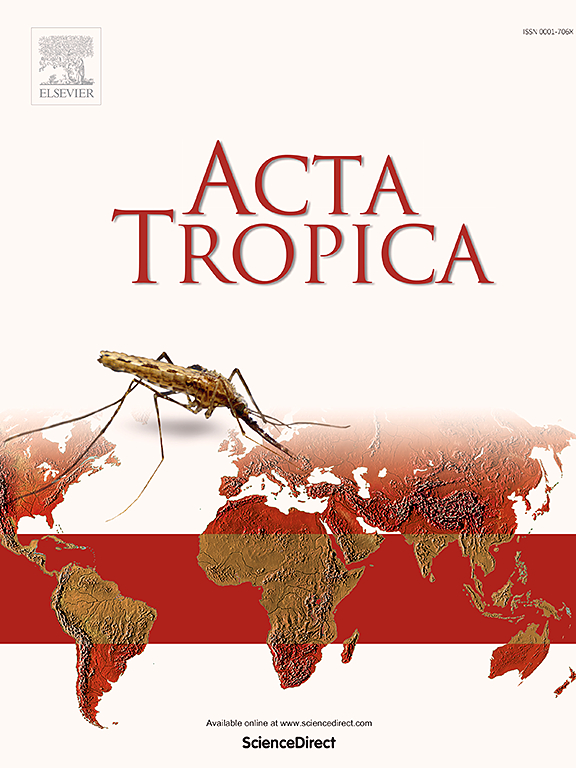Phytophagous, blood-suckers or predators? Automated identification of Chagas disease vectors and similar bugs using convolutional neural network algorithms
IF 2.1
3区 医学
Q2 PARASITOLOGY
引用次数: 0
Abstract
Correct identification of blood-sucking bugs, such as triatomines, is important because they are vectors of Chagas' disease. Identifying these insects is often difficult for non-specialists. Deep learning is emerging as a solution for automated identification. This study evaluates the performance of three convolutional neural networks (CNNs) - AlexNet, MobileNetV2 and ResNet-50 - to identify bugs categorized by their feeding habits: 'blood-suckers', 'phytophagous' and 'predators'. A dataset of 707 dorsal view pictures was divided into training, validation, and test subsets (70 %, 10 %, and 20 %, respectively). Transfer learning was used to train the models, and Grad-CAM visualizations identified the picture regions that most influenced the predictions. All models achieved an accuracy of over 94 %, with ResNet-50 slightly outperforming the other models in terms of sensitivity and specificity. ROC and AUC analyses confirmed the reliability of these algorithms, highlighting their potential for robust bug identification. This study demonstrates the applicability of CNNs in distinguishing Triatominae from other insects, paving the way for the development of affordable vector identification tools to improve Chagas disease surveillance and control.

植食动物、吸血动物还是食肉动物?使用卷积神经网络算法自动识别恰加斯病媒介和类似的bug
正确识别吸血虫,如锥蝽,是很重要的,因为它们是恰加斯病的媒介。对于非专业人士来说,识别这些昆虫往往很困难。深度学习正在成为自动识别的解决方案。这项研究评估了三个卷积神经网络(cnn)——AlexNet、MobileNetV2和ResNet-50的性能,以识别按食性分类的虫子:“吸血者”、“植食性”和“捕食者”。将707张背视图图像的数据集分为训练、验证和测试子集(分别为70%、10%和20%)。使用迁移学习来训练模型,gradcam可视化识别出对预测影响最大的图像区域。所有模型的准确率均超过94%,ResNet-50在敏感性和特异性方面略优于其他模型。ROC和AUC分析证实了这些算法的可靠性,突出了它们在健壮的bug识别方面的潜力。本研究证明了cnn在区分锥蝽与其他昆虫方面的适用性,为开发经济实惠的媒介识别工具以改善恰加斯病的监测和控制铺平了道路。
本文章由计算机程序翻译,如有差异,请以英文原文为准。
求助全文
约1分钟内获得全文
求助全文
来源期刊

Acta tropica
医学-寄生虫学
CiteScore
5.40
自引率
11.10%
发文量
383
审稿时长
37 days
期刊介绍:
Acta Tropica, is an international journal on infectious diseases that covers public health sciences and biomedical research with particular emphasis on topics relevant to human and animal health in the tropics and the subtropics.
 求助内容:
求助内容: 应助结果提醒方式:
应助结果提醒方式:


